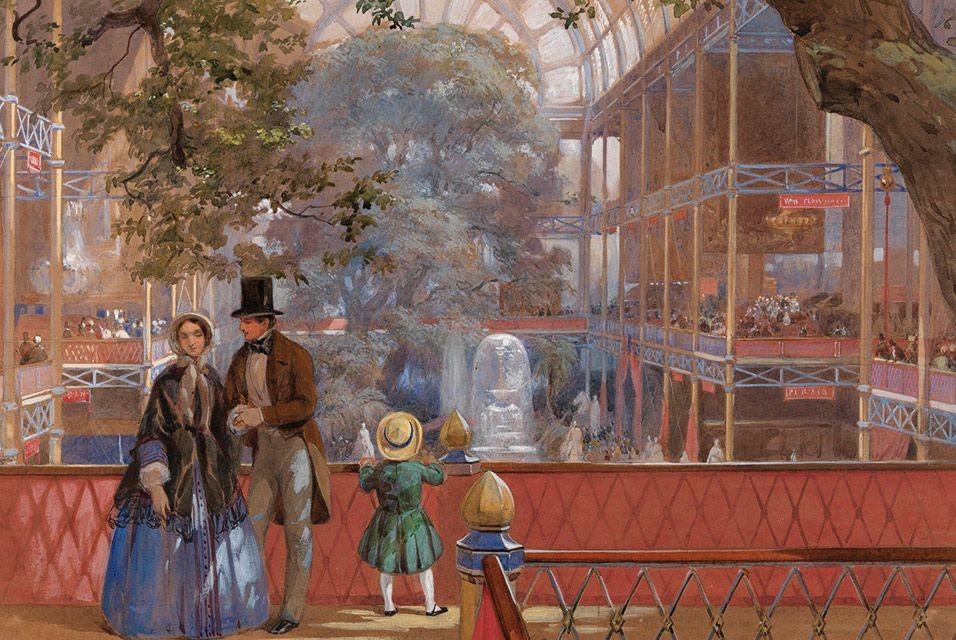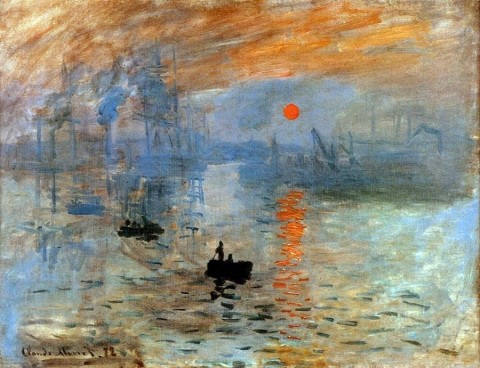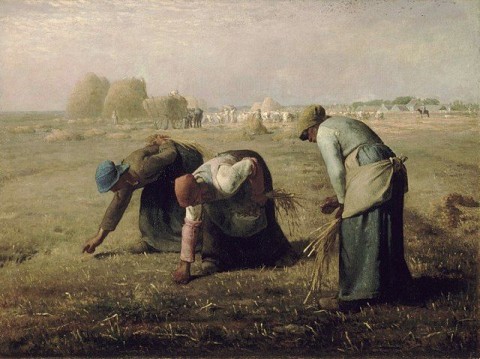If you and your students are considering my World Empires, World Missions, World Wars online course, here are some of the highlights!
We will explore world history interwoven with the history of modern missions and revivals, from the Napoleonic age and Second Awakening through the Korean War and early Cold War, including:
- William Carey and the modern mission movement;
- Industrial Revolution and the Church’s compassionate response;
- Latin America’s independence in the wake of Napoleonic wars;
- Christianity and colonization in Africa—and the conflicts that resulted;
- The Great Prayer Revival and the American Civil War;
- East Asia, trading rights of the West, and the China Inland Mission;
- Turn of the Century Russia, the Balkans, and worldwide revivals;
- WWI and the Russian Revolution
- The growth of fascism and WWII;
- Europe divided, Communism in Asia, and new challenges to the Church.
| Time | Meets weekly for one hour, beginning Thursday, September 7, at 2:00 p.m. (Eastern) through Thursday, May 31, 2018 |
| Age/Grade of Student | We welcome mature middle school students and high school students. Each will work at his/her own level and participate in class discussion, individual and group projects, and tests. |
| Tuition and materials cost | $400 per student, $51.94 for materials (unless you already own World Empires, World Missions, World Wars Student Manual and What in the World Vol 3 CD set. |
Schedule
Teaching Strategies/Structure
This course was designed with different ways of learning in mind. That is one of the primary reasons we have four Phases for each unit—it allows four different ways of approaching the material and various ways of presenting what has been learned. Many options are given because they offer opportunity for different kinds of “Smart”—the 8 Intelligences, or 8 Kinds of Smart. Since God created all of these differences in learning, we will honor Him by providing everyone an opportunity to learn in the way that allows them each to THRIVE!
Also, having numerous options allows students enormous freedom to pursue different topics that interest and motivate them. When students realize that they can actually dive deeply into something they find personally fascinating—and that their efforts will be honored—their self-motivation kicks in, a willingness to work much harder arises (because they ARE motivated), and there is real joy and satisfaction in the presentation.
With this in mind, here is the structure that will be followed for each of the 9 units.
| Phase 1 Student Prep | – Read article (15-30 min) – Listen to audio (approx. 30 min) – Read Scriptures (10 min) – Answer one discussion question online prior to class (30 min) – Comment on at least one other discussion prior to class (15 min) Diana is available by email throughout the week to advise and answer questions |
| Phase 1 Lecture | Diana Waring will present a PowerPoint lecture on the time period with paintings, photos, maps – Opportunities will be given during and after the lecture to ask questions and discuss topics – Students will be introduced to the Phase 2 project possibilities, including group projects |
| Phase 2 Student Prep | – Choose research topic (15 min) – Gather resources (library books, online articles, etc.) – Research topic by asking “how” and “why” questions (3 hours) – Prepare presentation ( “interview” a historic person, create a PowerPoint, be a curator of a museum, be a tour guide, etc.) (2 hours) – Upload presentation prior to class Diana Waring is available by email throughout the week to advise and answer questions |
| Phase 2 Exploration & Discovery Presentations | – Everyone is required to upload their presentation – five students will present their research in class (no more than 10 minutes per presentation) (Note: We will rotate so that everyone will have equal opportunities to present during class.) |
| Phase 3 Student Prep | - Complete one map project (60 min) – Choose from art, music, science, or cooking projects and complete one (1-2 hours) – Write description and take photos of hands-on experience—upload prior to class (60 min) Diana is available by email throughout the week to advise and answer questions |
| Phase 3 Lecture | Diana Waring will present a PowerPoint lecture on the culture of the time, including specific aspects of modern missions and revival history, using paintings, photos – Art of the culture – Architecture of the time – Music (as appropriate) – modern missions and revival history |
| Phase 4 Student Prep | - Choose a creative expression project from one of these areas—Linguistics, Art, Music, Drama, Movement, or Conceptual Design (15 min) – Prepare creative project (4-5 hours) – Upload project prior to class Diana is available by email throughout the week to advise and answer questions |
| Phase 4 Creative Expressions | - Everyone is required to upload their presentation – five students will present their research in class (no more than 10 minutes per presentation) (Note: We will rotate so that everyone will have equal opportunities to present during class.) |
| Unit Test | Students will take the unit test online. Two hours will be allowed for completion. Parents must agree to supervise, as this is a closed book test. The test will be “open” for 24 hours, from 12:00 a.m after Phase 4 class through 11:59 p.m. the following day.- If needed, the schedule can be adjusted for individual students with parents’ request |
Visual Highlights
Here are just a few of the many artistic and architectural treasures we will see in World Empires, World Missions, World Wars:



